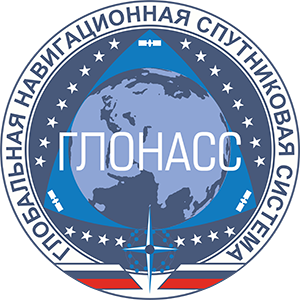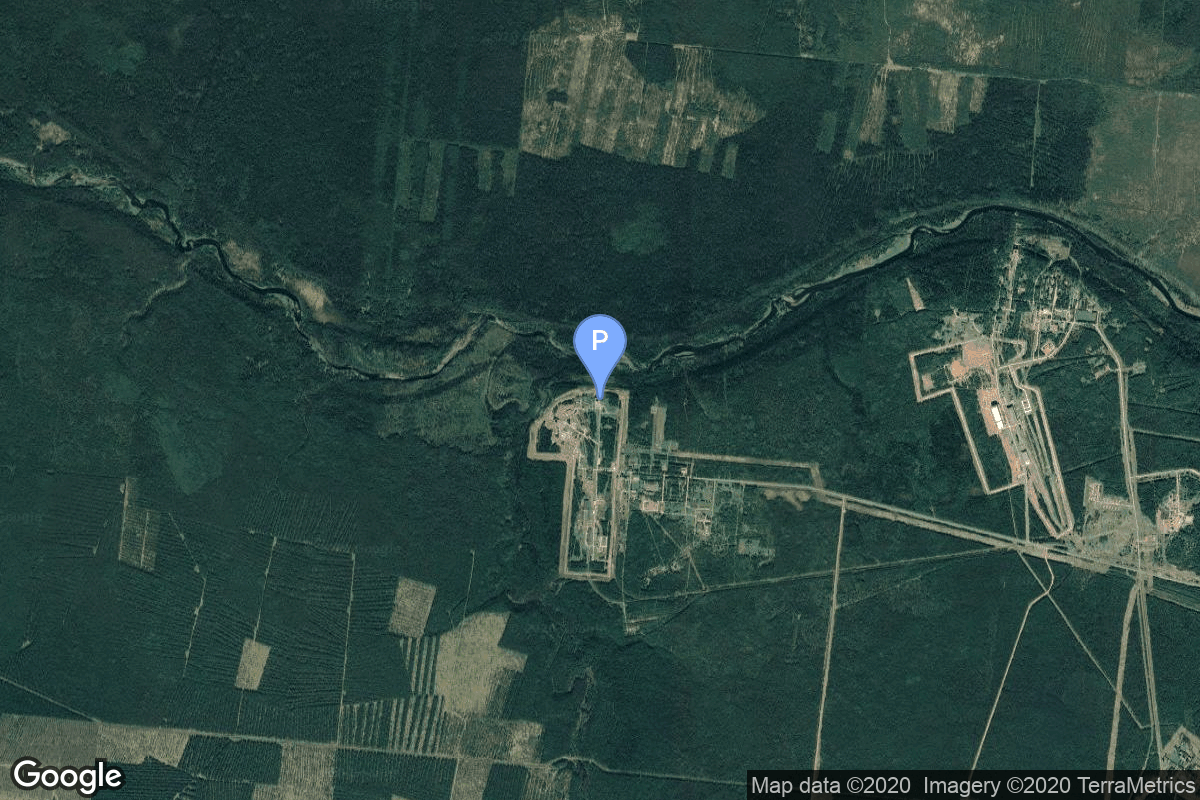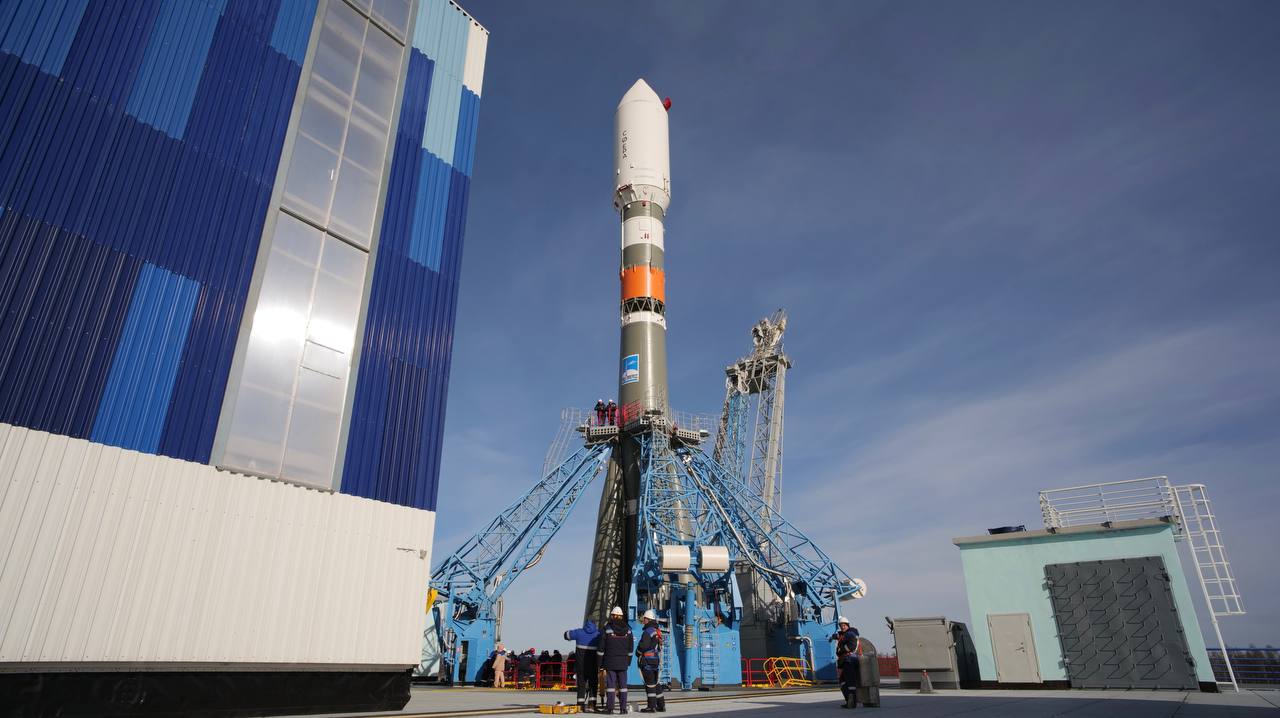Glonass-M No. 57 (Kosmos 2529)
Soyuz 2.1b/Fregat-M
Russian Space Forces
Mission
Glonass-M No. 57 (Kosmos 2529)
- Type: Navigation
- Orbit: Medium Earth Orbit
- Launch Cost: $48,500,000
Glonass-M, also known as Uragan-M, are the second generation of Uragan satellite design used for GLONASS satellite navigation system. GLONASS is a Russian space-based navigation system comparable to the similar GPS and Galileo systems. This generation improves on accuracy, power consumption and design life. Each satellite weighs 1415 kg, is equipped with 12 L-band antennas, and has an operational lifetime of 7 years.
Location
43/4 (43R)
Plesetsk Cosmodrome, Russian Federation
43/4 (43R) has witnessed the launch of 319 rockets, including 319 orbital launch attempts, while Plesetsk Cosmodrome, Russian Federation, has been the site for 1667 rocket launches.
Rocket
Progress Rocket Space Center Soyuz 2.1b Fregat-M
Soyuz-2, GRAU index 14A14, is the collective designation for the 21st-century version of the Russian Soyuz rocket. In its basic form, it is a three-stage carrier rocket for placing payloads into low Earth orbit. The first-stage boosters and two core stages feature uprated engines with improved injection systems, compared to the previous versions of the Soyuz. Digital flight control and telemetry systems allow the rocket to be launched from a fixed launch platform, whereas the launch platforms for earlier Soyuz rockets had to be rotated as the rocket could not perform a roll to change its heading in flight.
Agency
Russian Space Forces
The Russian Space Forces are a branch of the Russian Aerospace Forces, that provides aerospace warning, air sovereignty, and protection for Russia. Having been reestablished following August 1, 2015 merger between the Russian Air Force and the Russian Aerospace Defence Forces after a 2011 dissolving of the branch. The Russian Space Forces were originally formed on August 10, 1992 and the creation of the Russian Armed Forces.



